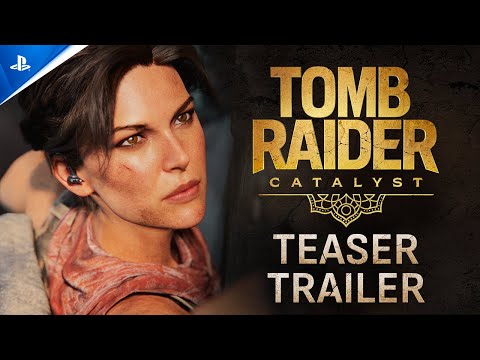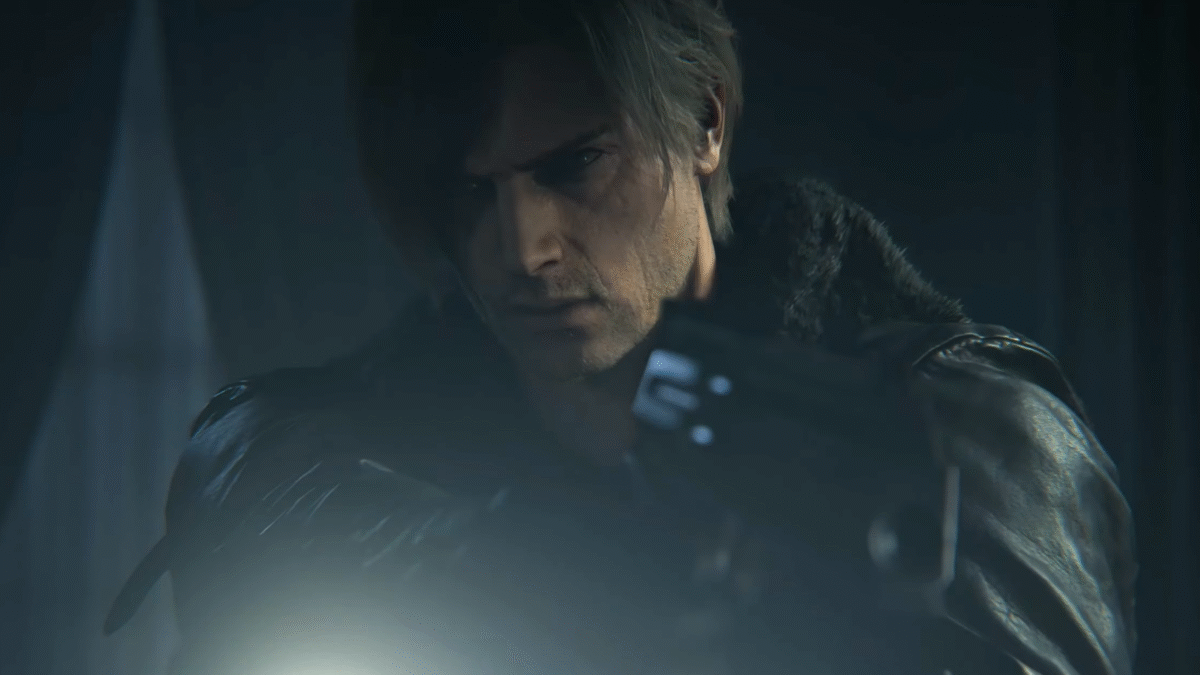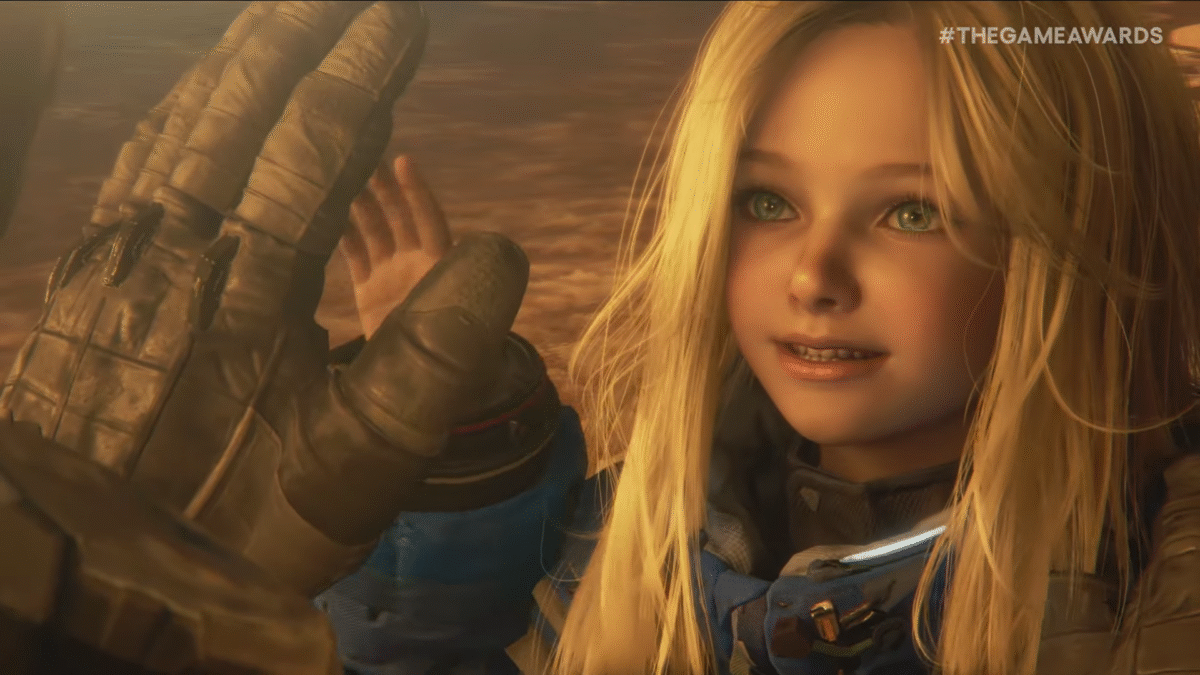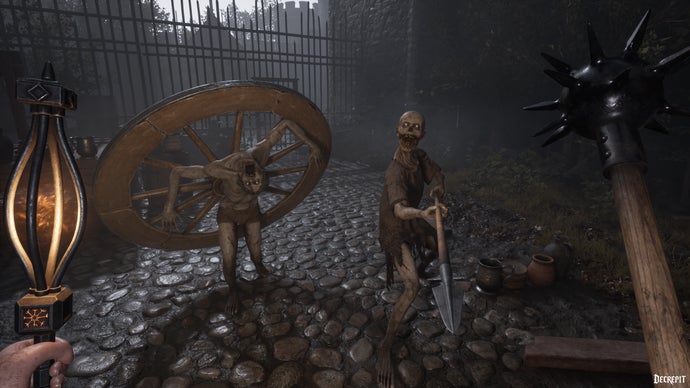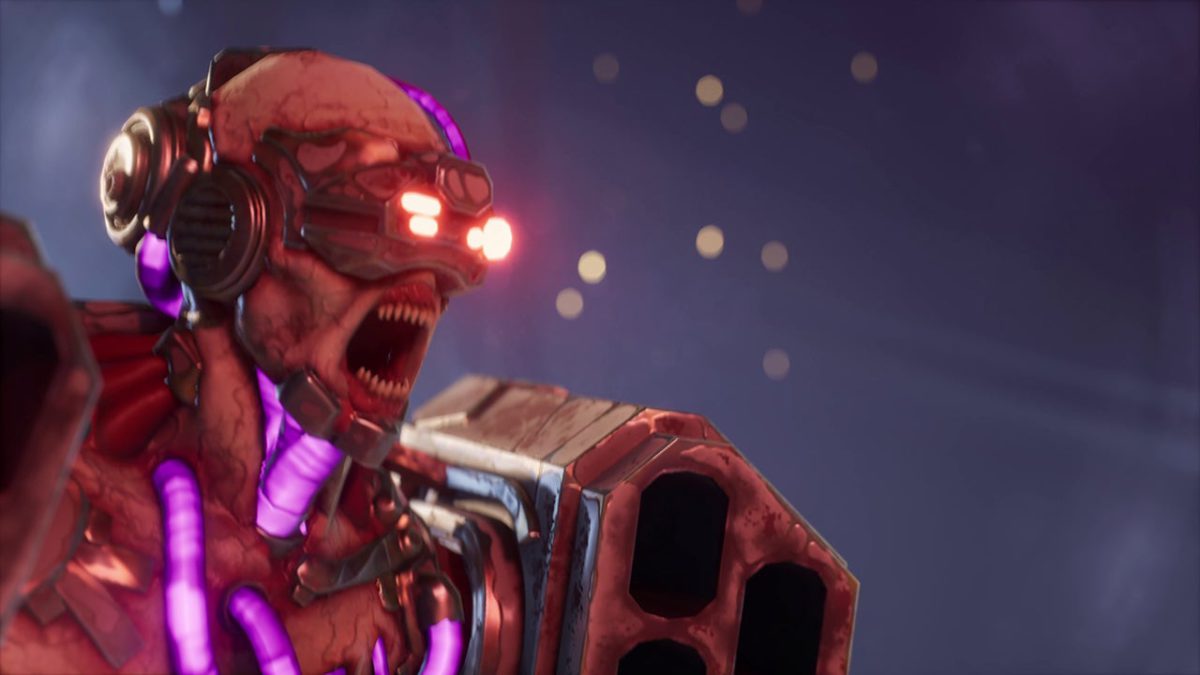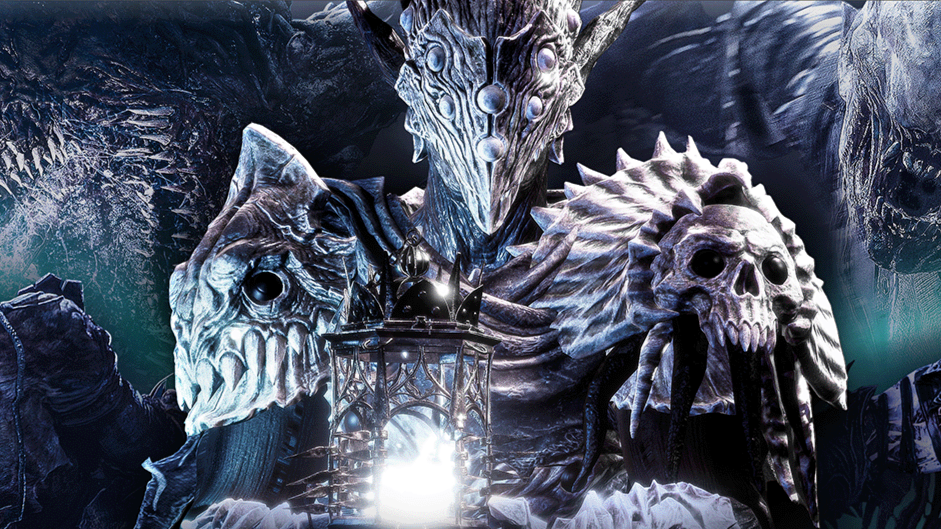Your next adventures await. In collaboration with Amazon Game Studios and Crystal Dynamics, the legacy of Lara Croft continues with two new games coming to PlayStation 5. Join Lara for her biggest adventure yet in Tomb Raider: Catalyst (2027), plus a true reimagining of her debut adventure, Tomb Raider: Legacy of Atlantis (2026). At the heart of both adventures, Lara Croft, confident, complex, and extremely accurate with two pistols, will be voiced by the talented Alix Wilton Regan.
Tomb Raider: Catalyst
Coming 2027
When ancient secrets and mysterious guardian forces are unleashed by a mythical cataclysm, Lara races to uncover the truth beneath the fractured landscape of Northern India before the world’s most notorious treasure hunters can use its power for their own gain. As the ancient world collides with the present, Lara must decide who to trust among rivals and allies, prevent a catastrophe, and protect a secret that could reshape the future.
Get ready to embark on the largest Tomb Raider adventure to date. Tomb Raider: Catalyst features a vertically rich platforming playground of seamless wilderness layered with hidden depths of discovery. Lara will explore dense jungles, scale towering mountains, and descend into mysterious ruins using her richly customized adventure tech. With unmatched wit alongside athletic prowess, there are no secrets she can’t overcome.
Tomb Raider: Legacy of Atlantis
Coming 2026
Some legends are destined to be retold. As Lara Croft, explore exotic locations lost to time — from the jungles of Peru to the ancient ruins of Greece, the deserts of Egypt, and a mysterious Mediterranean island shrouded in myth. Traverse treacherous landscapes, solve deadly contraptions, and face lethal predators as you hunt for the scattered pieces of the Scion, an artifact of immeasurable power.
To celebrate the 30th anniversary of Tomb Raider in 2026, we’re honoring its origins for new players, while delivering even more of the engaging experiences longtime fans know and love — stylish acrobatics through lost tombs, discreet secrets scattered across alluring environments, and intricate puzzles filled with eureka moments that leave us yearning for discovery.
Developed in partnership between Crystal Dynamics and Flying Wild Hog, Tomb Raider: Legacy of Atlantis is a true reimagining of Lara Croft’s 1996 debut game. Whether you’re a veteran raider or ready for your first adventure with Lara, Tomb Raider: Legacy of Atlantis instills a new sense of discovery to the original through modern game design, stunning graphics, and new surprises.





Welcome to the next chapter of Tomb Raider

Want extra outfit options for Tomb Raider: Legacy of Atlantis? Sign up for an Amazon Games iD account and get the exclusive Mediterranean Wetsuit Outfit when you link your Amazon Games iD to your PlayStation Network account. The outfit will be available in-game at launch.
Wishlist Tomb Raider: Legacy of Atlantis today at PlayStation Store and stay tuned for future updates.

